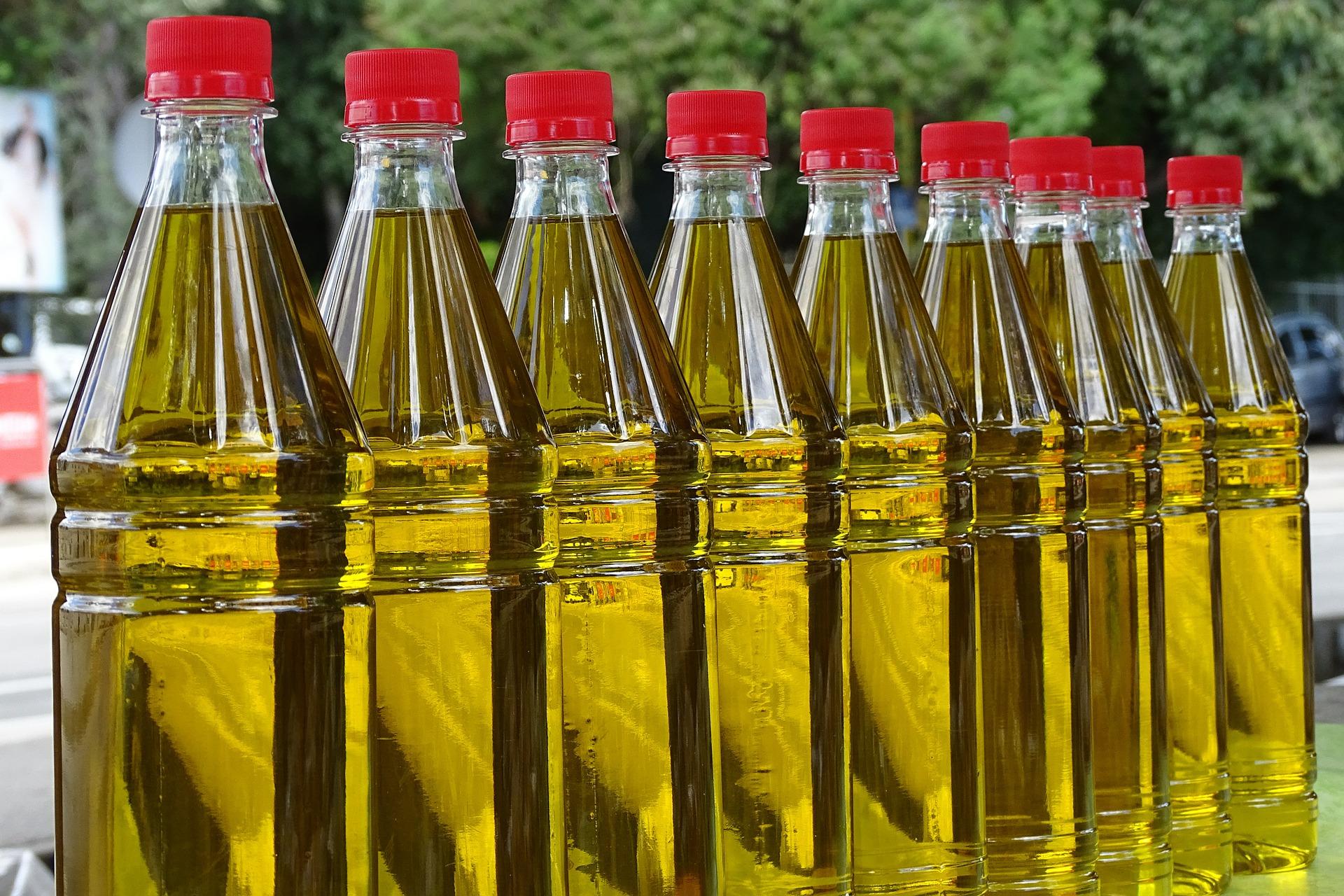Edible Oil Market Demand Outlook: Impact of Global Economic Factors on Consumption

The edible oil market plays a pivotal role in the global food industry, impacting both consumer behavior and production costs. This sector, which includes oils derived from plants such as soybean, palm, sunflower, and canola, is heavily influenced by various factors that shape its demand. From geopolitical tensions to climate change and economic fluctuations, these elements contribute significantly to the consumption patterns and market dynamics of edible oils.
Global Economic Factors and Edible Oil Consumption
The demand for edible oils is closely linked to macroeconomic conditions, particularly those influencing disposable income, food prices, and agricultural production. As global economies continue to recover from the pandemic, consumer purchasing power and food expenditure are key drivers for the edible oil market. In regions like North America and Europe, economic growth spurs an increased demand for healthier alternatives like olive oil and avocado oil, as consumers become more health-conscious and willing to spend on premium products.
In contrast, in emerging markets such as India and China, the demand for edible oils is more price-sensitive. These regions represent a significant portion of global consumption, as economic growth and urbanization elevate their middle class. However, fluctuations in crude oil prices, inflationary pressures, and the rising cost of raw materials like soybean and palm oil can lead to volatility in consumption, especially in low-income households.
Geopolitical Factors and Oil Supply Chains
The geopolitical landscape plays an integral role in the stability of edible oil supply chains. Trade policies, tariffs, and tensions between major producers (such as Indonesia, Malaysia, Brazil, and the United States) can disrupt the supply of key oil crops. For instance, in recent years, the palm oil industry has faced challenges related to labor shortages and environmental regulations, affecting supply availability and prices. The ongoing trade conflicts, especially between large agricultural producers, have led to price surges and created market uncertainties.
Additionally, the conflict in Ukraine has caused significant disruptions to sunflower oil exports, which are crucial for many European and Asian countries. These geopolitical tensions often drive up the prices of alternative oils, influencing consumption patterns. For instance, if sunflower oil prices spike, consumers may shift to cheaper alternatives like soybean or palm oil, which are often more readily available in larger quantities.
Climate Change and Agricultural Yields
Another critical factor influencing the edible oil market is climate change. Extreme weather events, including droughts, floods, and irregular rainfall, can devastate crop yields, particularly for oilseeds such as soybeans and sunflowers. The volatility of weather patterns directly affects the supply of these crops, leading to price instability. For instance, soybean production in the United States, which is a major player in global edible oil markets, has been increasingly threatened by unpredictable weather conditions, further complicating global supply chains.
The impact of climate change is also felt through increased production costs, as farmers face higher expenses related to irrigation, pest control, and fertilizers. These rising costs inevitably trickle down to consumers, driving up the price of edible oils and altering consumption habits. In response, some consumers in price-sensitive markets may reduce their overall consumption or opt for less expensive cooking oils.
Health and Sustainability Trends
In recent years, health-conscious consumers have become more selective in their edible oil choices, leading to the rise of oils with perceived health benefits, such as extra virgin olive oil, avocado oil, and coconut oil. This shift is particularly evident in Western markets where consumers are becoming more informed about the negative health impacts of trans fats and the importance of consuming oils rich in unsaturated fats.
Furthermore, sustainability is becoming a crucial consideration in the edible oil sector. As concerns about deforestation, land use, and environmental degradation grow, consumers and companies are increasingly prioritizing sustainable sourcing practices. Certifications such as the Roundtable on Sustainable Palm Oil (RSPO) and Non-GMO Project Verified are becoming more important in influencing purchase decisions, especially in developed markets. This shift is contributing to the growing demand for sustainable and ethically produced oils, further altering market dynamics.
Conclusion
The edible oil market is influenced by a complex interplay of global economic factors, including economic growth, geopolitical tensions, climate change, and evolving consumer preferences. As the world continues to grapple with these challenges, the demand for edible oils will likely remain volatile, with consumption patterns shifting according to market conditions. The sector will continue to adapt as consumer tastes evolve, and as sustainability and health trends gain momentum. For businesses in the edible oil industry, staying attuned to these economic and environmental factors will be key to navigating the ever-changing landscape and capitalizing on new growth opportunities.
- Art
- Causes
- Crafts
- Dance
- Drinks
- Film
- Fitness
- Food
- Games
- Gardening
- Health
- Home
- Literature
- Music
- Networking
- Other
- Party
- Religion
- Shopping
- Sports
- Theater
- Wellness



